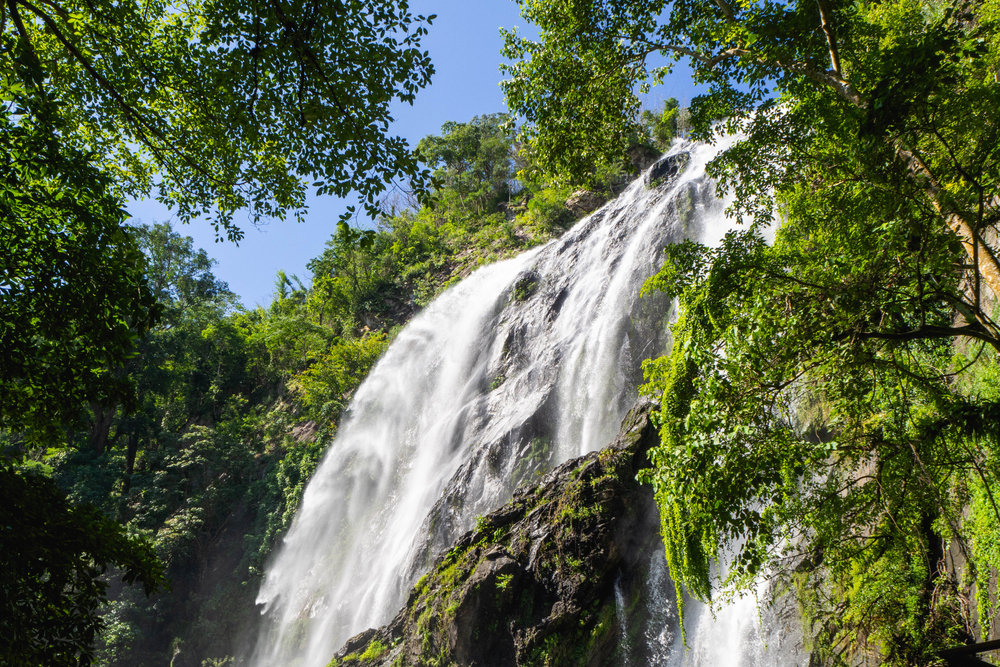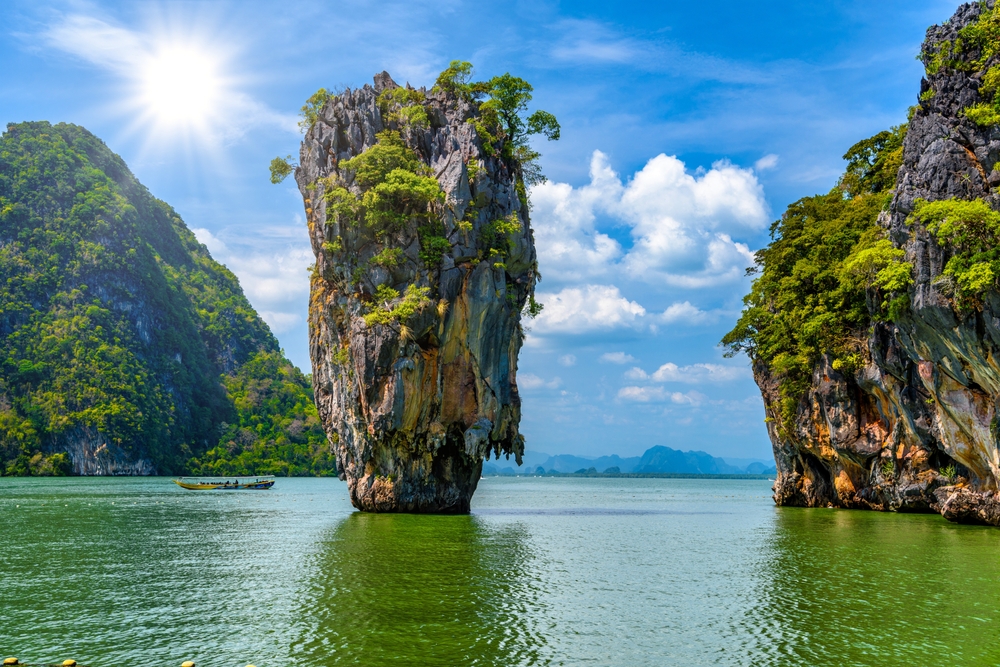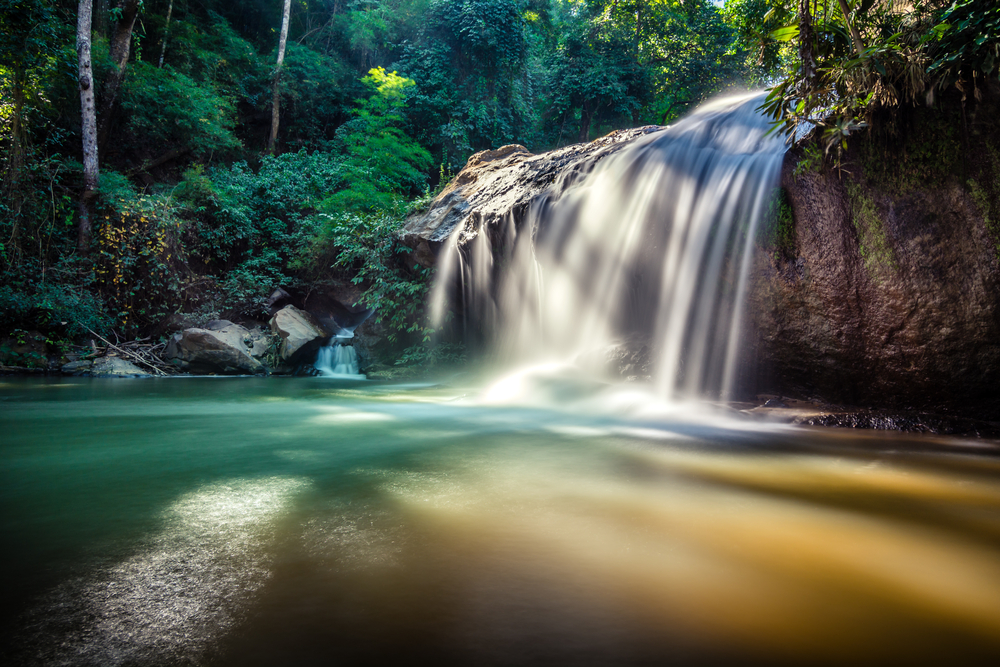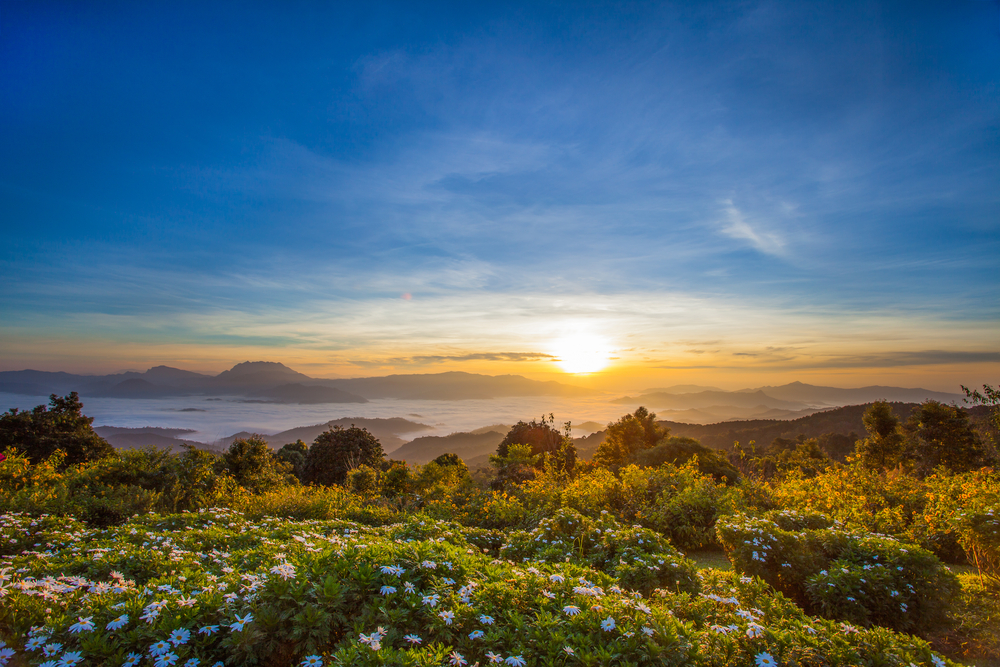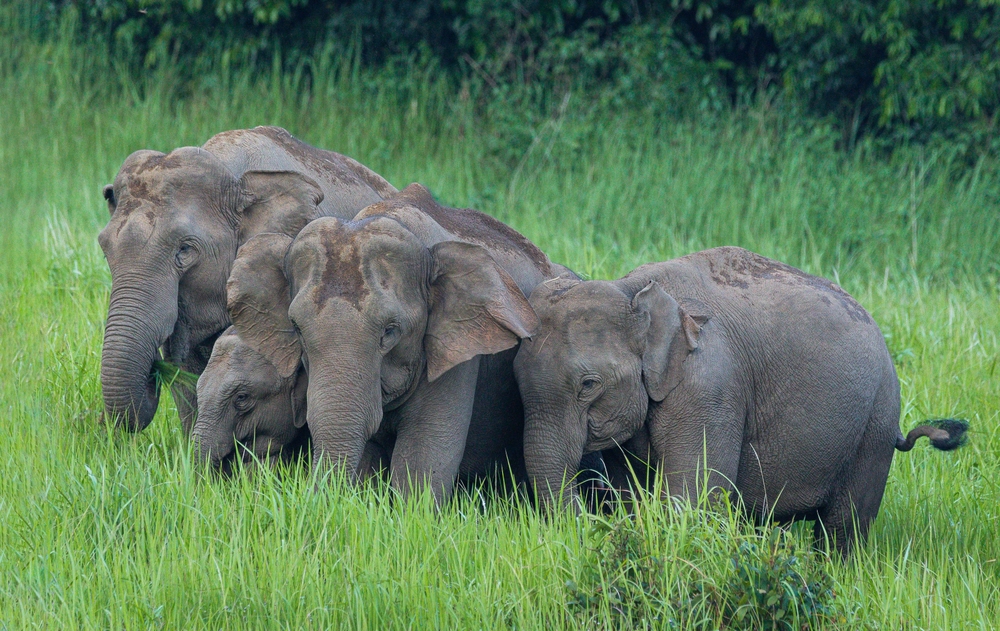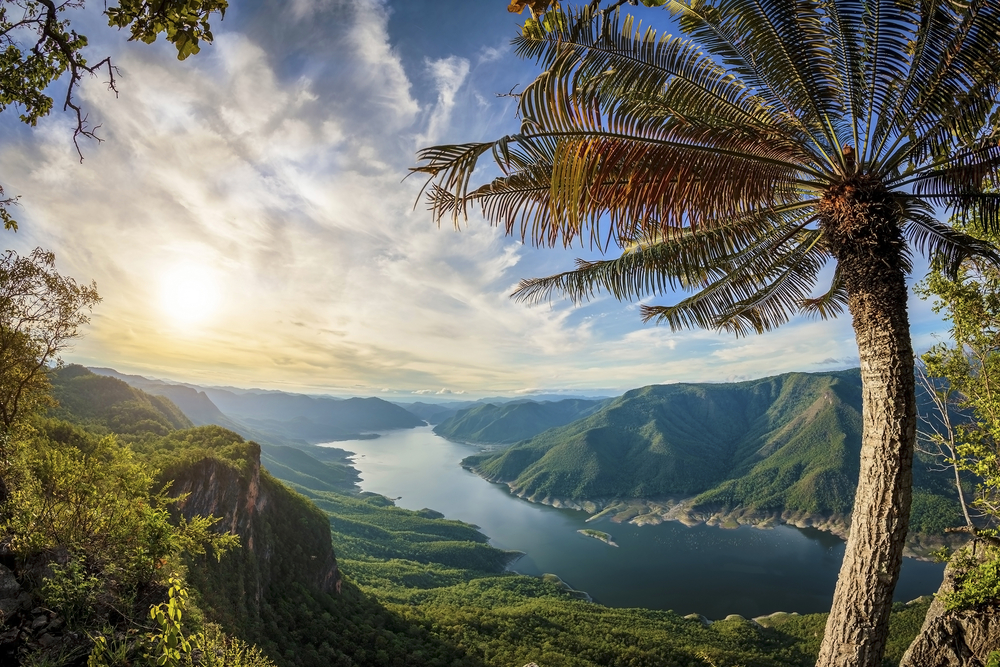Mae Wong Overview
Mae Wong National Park, or อุทยานแห่งชาติแม่วงก์ in Thai, is a stunning expanse of natural beauty located in Kamphaeng Phet and Nakhon Sawan provinces in northern Thailand. Spanning approximately 558 square miles (1,445 square kilometers), the park is part of the vast Western Forest Complex, one of Southeast Asia’s largest remaining forested areas. Known for its dense rainforests, rugged terrain, and misty mountain peaks, Mae Wong is a haven for wildlife and an adventure-seeker’s paradise.
The park’s terrain is marked by dramatic hills and valleys, with elevations ranging from 250 to 1,964 meters (820 to 6,444 feet) above sea level. The highlight is Khao Mo Ko Chu, the park’s highest peak, offering breathtaking views and challenging trekking routes. The landscape features evergreen and deciduous forests, creating a rich tapestry of flora that includes bamboo groves, towering dipterocarp trees, and wild orchids.
Rivers such as the Mae Wong River and Mae Rewa River cut through the park, creating picturesque waterfalls like the Nang Nuan and Mae Kra Sa. These waterfalls are not only scenic but also serve as refreshing stops for hikers.
Mae Wong National Park is a biodiversity hotspot, home to an impressive array of wildlife. The park is part of the habitat for several rare and endangered species, including the Indochinese tiger, clouded leopard, and Asiatic black bear. Other mammals like sambar deer, Asian elephants, and wild boars are often spotted.
Bird enthusiasts will be thrilled by the park’s avian diversity, as it is home to over 300 bird species, including the green peafowl, Oriental pied hornbill, and several species of woodpeckers and eagles. The forests are alive with the sounds of these creatures, offering an immersive experience in nature.
Popular features of the park include the scenic viewpoints at Chong Yen and Mo Ko Chu, which are especially favored by campers and photographers for their panoramic views of the mist-covered hills. The park is also a trekker’s dream, with trails leading through dense forests, along rivers, and to remote waterfalls. Visitors can explore the park on foot, by bicycle, or via organized guided tours. Wildlife enthusiasts often set out on night safaris to glimpse the park’s nocturnal inhabitants.
Conservation efforts at Mae Wong National Park have faced challenges, particularly concerning deforestation, poaching, and human-wildlife conflicts. However, significant successes have been achieved in recent years, including increased patrols and the establishment of wildlife corridors to support animal movements. The park has become a symbol of Thailand’s commitment to protecting its natural heritage, with local communities playing an active role in its conservation and sustainable tourism initiatives.
Mae Wong National Park is a jewel of northern Thailand, offering visitors a unique opportunity to immerse themselves in a vibrant ecosystem while contributing to its preservation. Its untouched beauty and rich biodiversity make it a must-visit destination for nature lovers.








































































